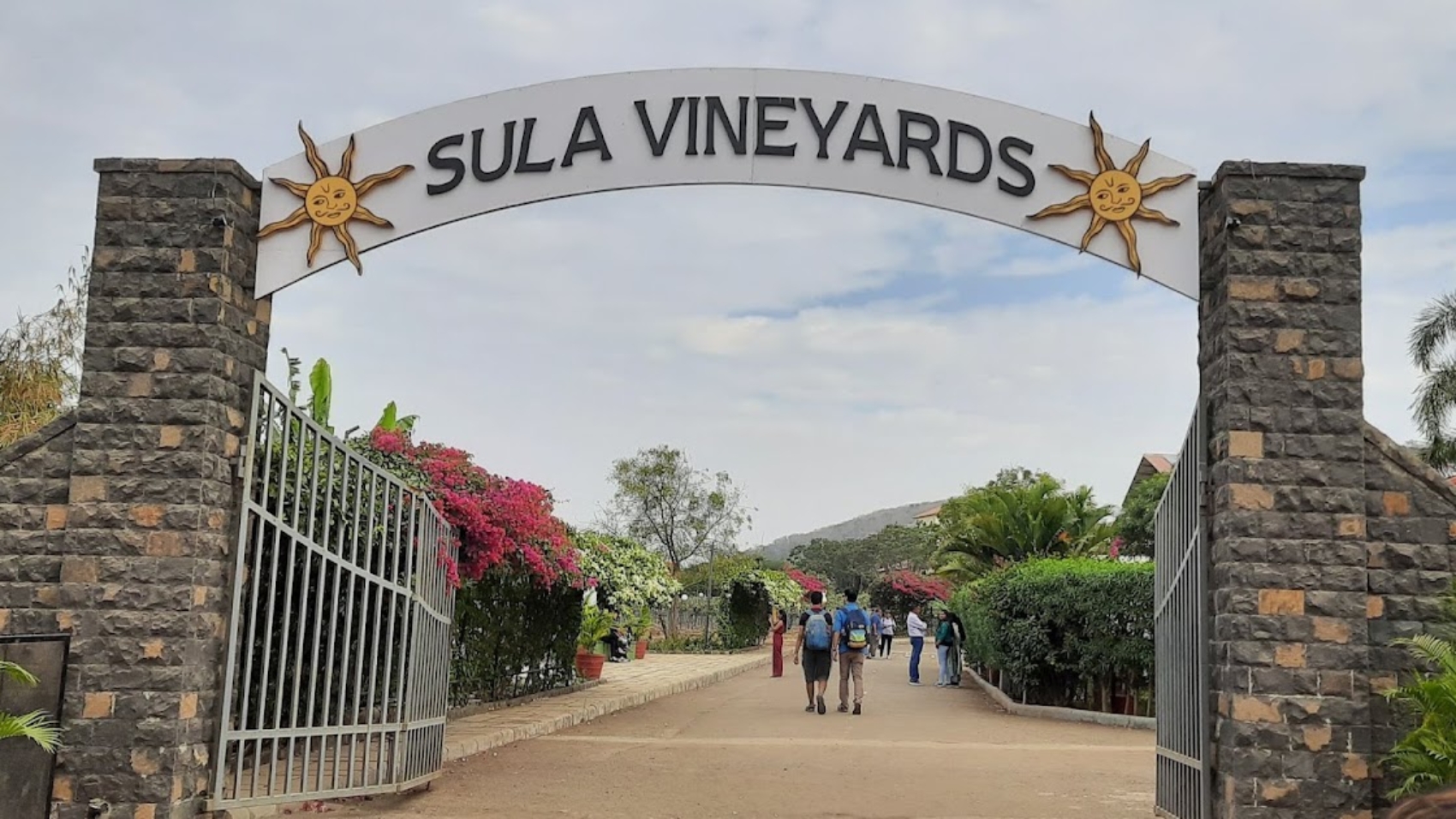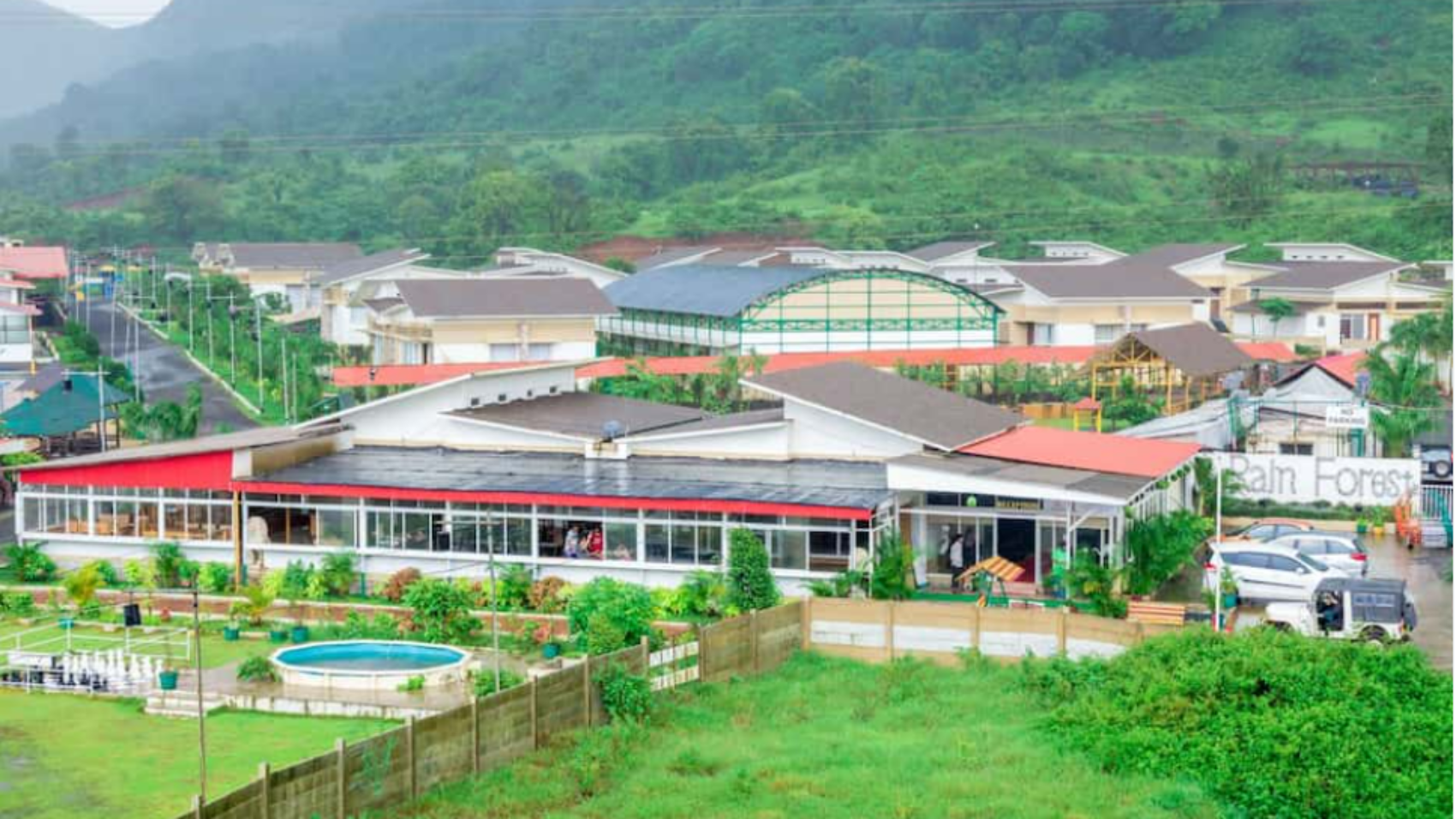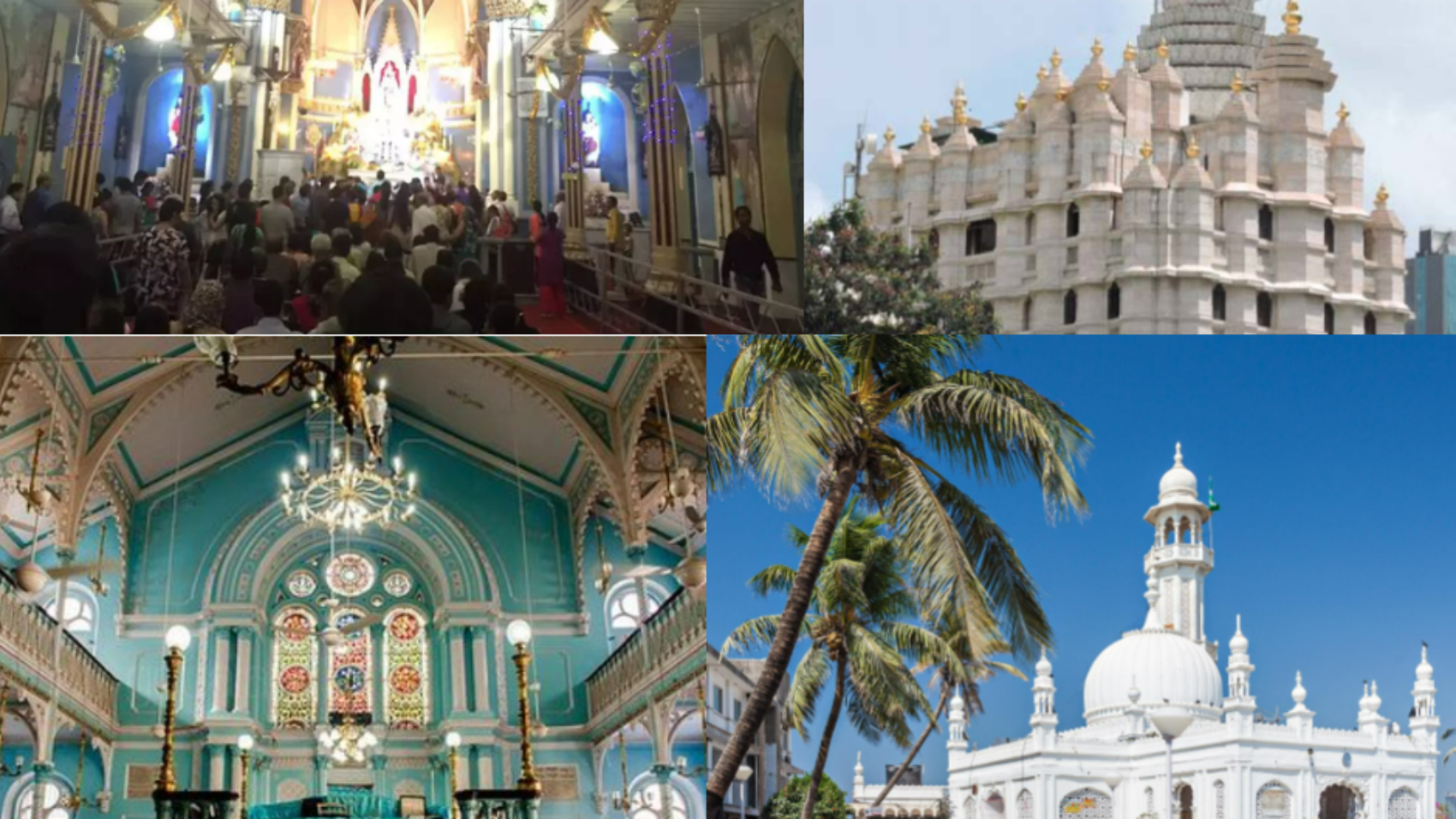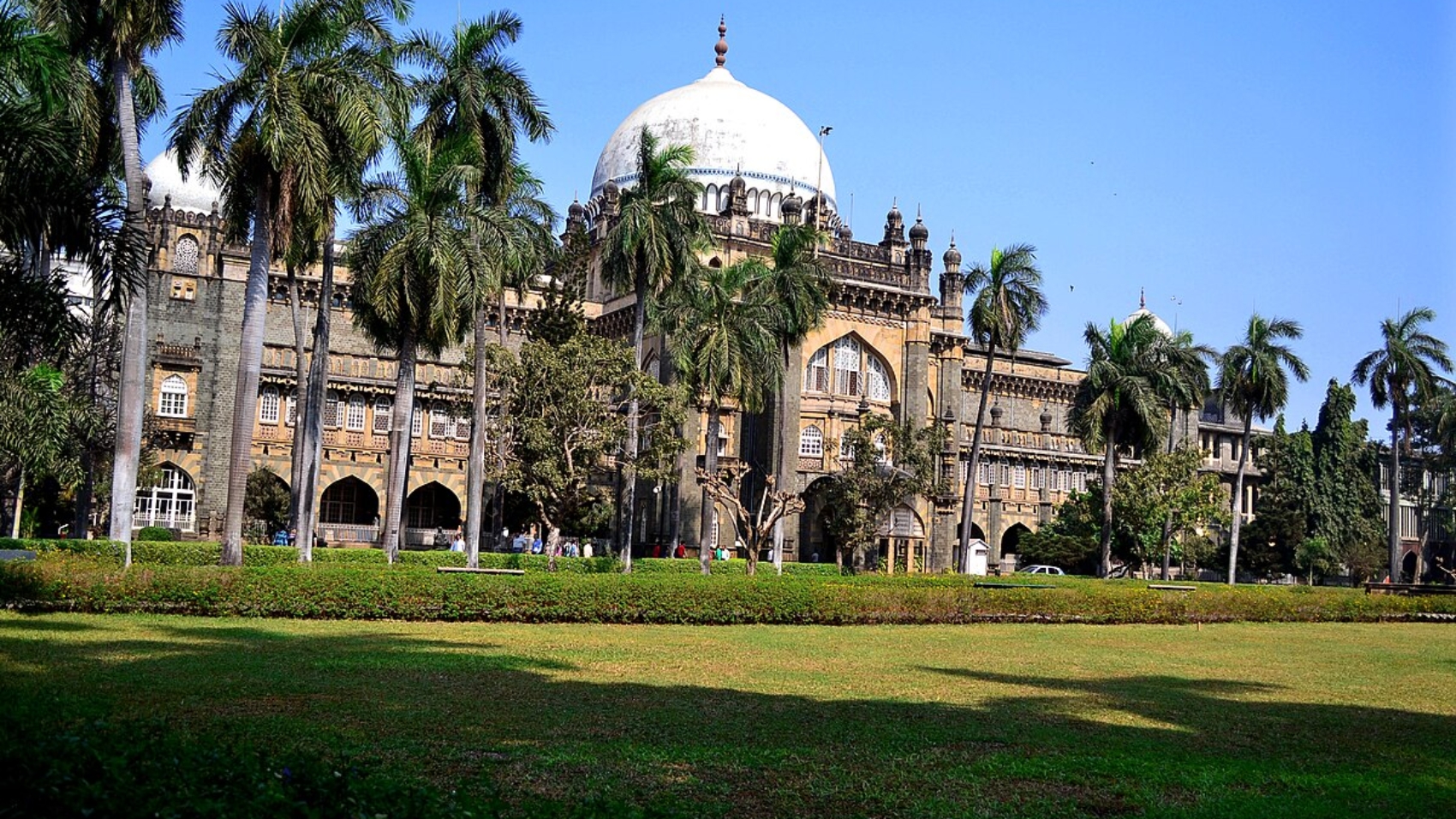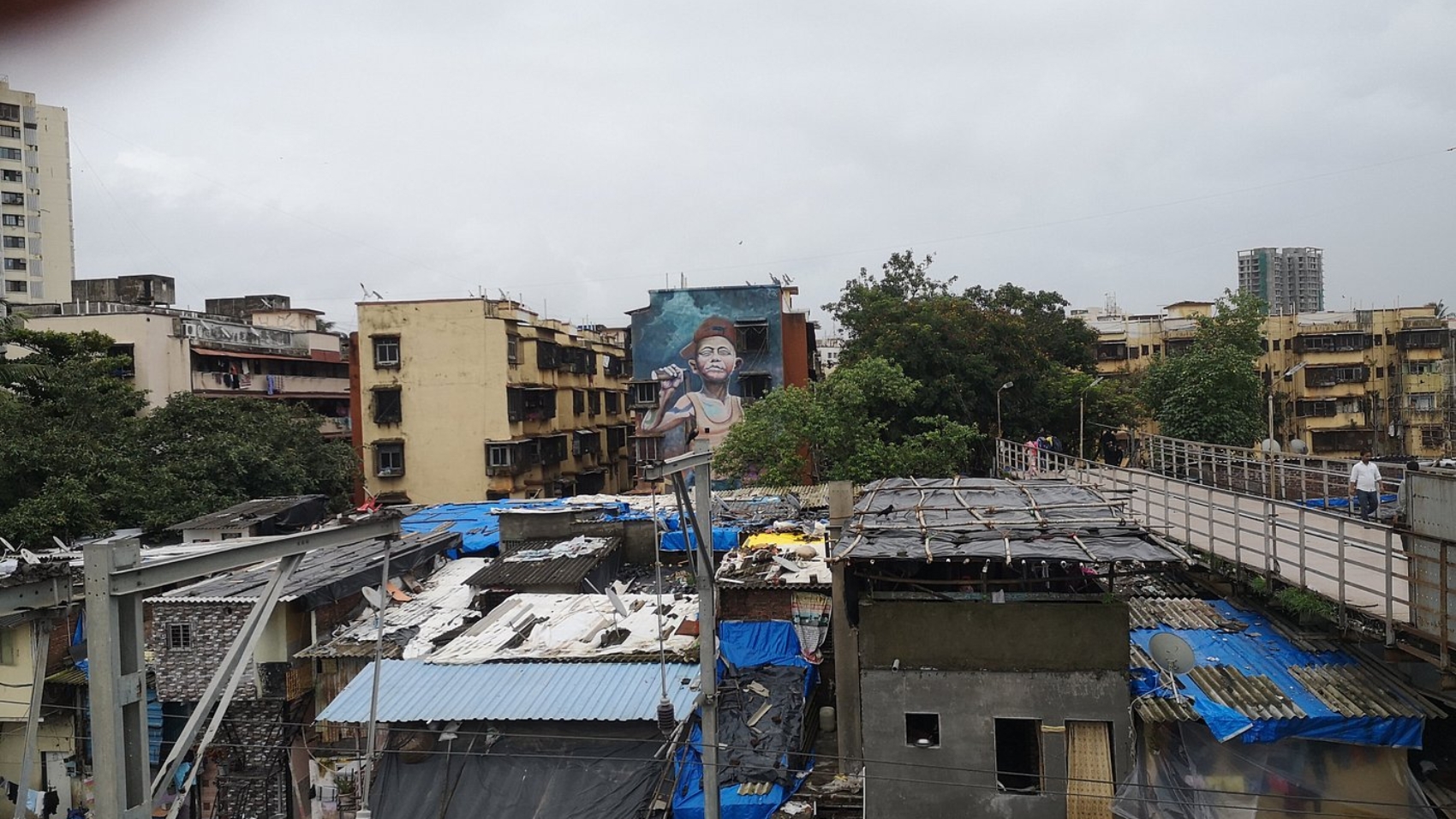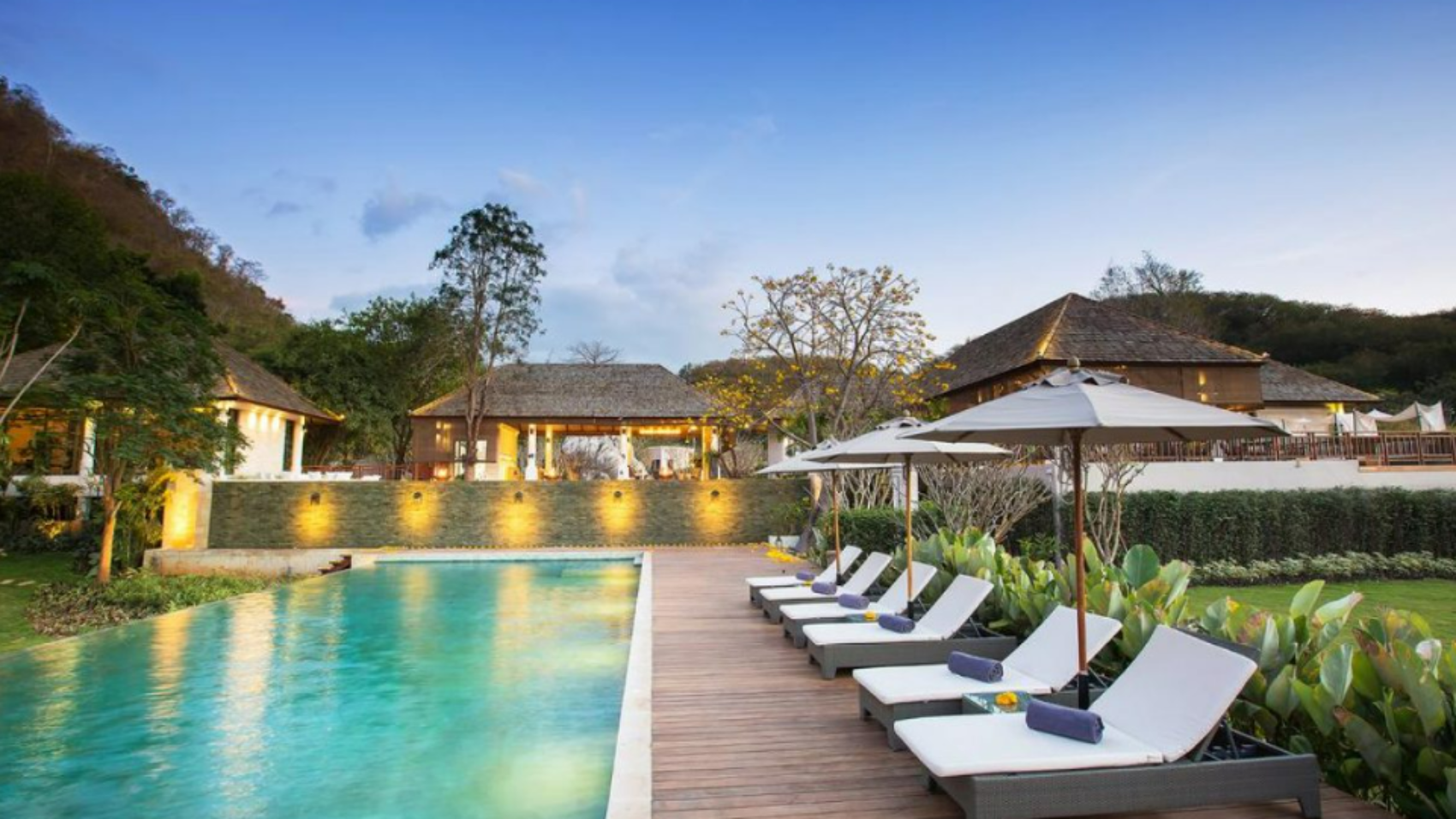Nestled in the heart of the bustling city of Mumbai lies a hidden gem for nature enthusiasts and birdwatchers – the Karnala Bird Sanctuary. Just a short drive from the urban chaos, this sanctuary offers a serene escape into the world of birds, lush greenery, and tranquil nature. If you’re a nature lover or someone looking for a peaceful retreat from the city, Karnala Bird Sanctuary should be on your list of places to visit. In this blog, we’ll take you on a virtual journey through this avian paradise and explore the many wonders it has to offer.
Location and Accessibility
Karnala Bird Sanctuary is located in the Raigad district of Maharashtra, approximately 47 kilometers from Mumbai, making it a convenient destination for both locals and tourists. You can easily reach the sanctuary by car or public transport, and the journey itself is a scenic delight. As you approach the sanctuary, the landscape transitions from the city’s hustle and bustle to serene countryside, with winding roads surrounded by lush greenery.
Birdwatching Bliss
The primary attraction of Karnala Bird Sanctuary is, of course, its rich avian diversity. With over 150 species of resident and migratory birds, this sanctuary is a haven for birdwatching enthusiasts. The best time to visit for birdwatching is during the winter months, from November to February, when a multitude of migratory birds flock to the sanctuary.
Some of the notable bird species that you might spot include the Malabar Trogon, the paradise flycatcher, the racket-tailed drongo, and the yellow-eyed babbler. The sanctuary also provides a natural habitat for endangered birds like the Nilgiri wood pigeon, making it a crucial conservation area.
Trails and Trekking
While birdwatching is undoubtedly the star attraction, Karnala Bird Sanctuary offers much more for nature lovers. The sanctuary features several well-marked trails and trekking options for those who wish to explore the lush forests. The Karnala Fort trek is a popular choice and is relatively easy, making it suitable for both beginners and experienced trekkers. As you ascend, you’ll be treated to breathtaking panoramic views of the surrounding landscape and the city in the distance.
The sanctuary’s diverse vegetation, including moist deciduous forests and scrublands, provides ample opportunities to explore the native flora and fauna. You might encounter species like the Indian giant squirrel, Indian hare, and various types of butterflies, adding to the overall experience.
The Canopy Walkway
One of the unique attractions at Karnala Bird Sanctuary is the canopy walkway. Elevated above the forest floor, this wooden walkway allows visitors to traverse the treetops, offering a unique perspective on the sanctuary’s ecosystem. Walking through the canopy provides an intimate experience with the birds and wildlife that call the treetops home.
Facilities and Conservation
Karnala Bird Sanctuary has amenities for visitors, including a nature interpretation center, a small canteen, and restroom facilities. The sanctuary’s management is dedicated to conservation efforts, which include protecting the habitat, educating visitors about the importance of biodiversity, and conducting research on the various bird species that inhabit the area.
Conclusion
Karnala Bird Sanctuary is a haven for birdwatchers and nature enthusiasts, offering a tranquil escape from the chaos of Mumbai. Whether you’re an avid birder or simply seeking a peaceful retreat, this sanctuary has something to offer everyone. With its diverse birdlife, trekking trails, and canopy walkway, it’s a place where you can connect with nature and discover the beauty of the avian world. So, if you’re in or around Mumbai, don’t miss the chance to embark on a birdwatching adventure at Karnala Bird Sanctuary and witness the wonders of the natural world.

